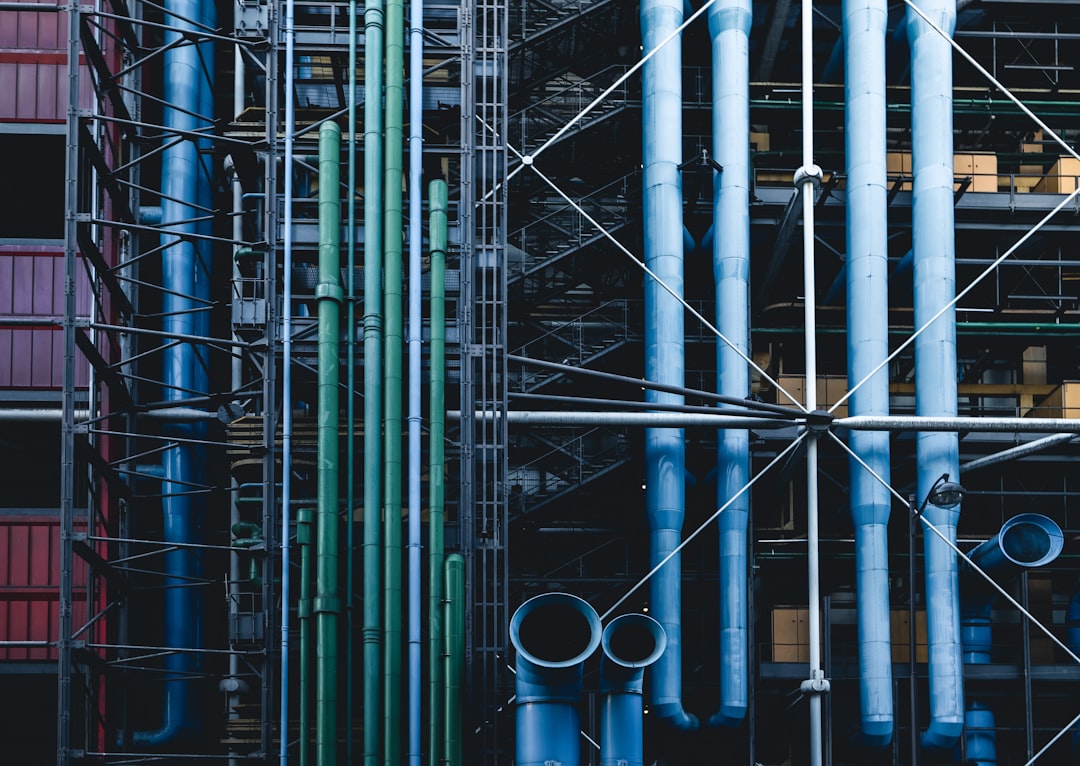Selecting the right pipe is paramount to the success of any energy project. From oil and gas pipelines to renewable energy infrastructure, the choice of pipe material, diameter, and pressure rating directly impacts safety, efficiency, and the overall project’s lifespan and profitability. This comprehensive guide will delve into the crucial factors to consider when making this critical decision.
1. Understanding Material Properties: The Foundation of Pipe Selection
The choice of pipe material is the cornerstone of successful pipeline design. Different materials offer varying properties concerning strength, corrosion resistance, temperature tolerance, and cost. Common materials include:
- Steel: The workhorse of the pipeline industry, offering high strength and durability. Various grades of steel exist, each suited for different pressures and environments. Carbon steel is common for lower-pressure applications, while high-strength low-alloy (HSLA) steel is preferred for high-pressure pipelines. Steel requires protective coatings to prevent corrosion.
- Polyethylene (PE): A versatile plastic material ideal for low-pressure applications, particularly in the water and gas distribution sectors. PE pipes are lightweight, flexible, and resistant to corrosion, making them suitable for challenging terrains.
- Polyvinyl Chloride (PVC): Another plastic option, PVC pipes are commonly used for water distribution and certain chemical applications. They are relatively inexpensive but have lower pressure ratings compared to steel or PE.
- Fiberglass Reinforced Polymer (FRP): FRP pipes offer a high strength-to-weight ratio and excellent corrosion resistance, making them suitable for aggressive environments. They are often used in chemical processing and wastewater treatment but are also gaining traction in the energy sector.
- Concrete: Primarily used for large-diameter pipelines and water conveyance systems, concrete pipes offer durability and resistance to abrasion. They are typically used in less demanding pressure applications.
The selection process involves carefully weighing the project’s specific requirements against the properties of each material to ensure optimal performance and longevity.
2. Pressure Ratings and Safety: Ensuring Pipeline Integrity
Pressure rating is a critical factor in pipe selection. The pipe must be able to withstand the maximum operating pressure of the pipeline without failure. This is determined by factors such as the fluid being transported, the pipeline’s length, and elevation changes. Pressure ratings are typically expressed in pounds per square inch (psi) or bars. It’s crucial to consult relevant industry standards and regulations (e.g., ASME B31.4, API 5L) to determine the appropriate pressure rating for the specific application. Safety factors are incorporated into the design to account for unforeseen events and ensure a margin of safety.
3. Diameter Determination: Optimizing Flow and Efficiency
Selecting the correct pipe diameter is essential for optimizing flow rate and minimizing energy losses. A smaller diameter pipe might lead to increased pressure drop and reduced efficiency, while a larger diameter increases the initial cost without necessarily improving performance. Accurate diameter calculation requires considering factors such as the fluid’s viscosity, flow rate, and desired velocity. Specialized software and engineering calculations are often employed to determine the optimal diameter for a given project. The goal is to find a balance between minimizing cost and maximizing efficiency.
4. Environmental Considerations and Sustainability
Environmental impact is a crucial consideration in modern pipeline projects. The choice of pipe material can significantly influence the project’s environmental footprint. For instance, using recycled materials or opting for less energy-intensive manufacturing processes can reduce carbon emissions. Furthermore, the potential for leaks and spills must be minimized through careful pipe selection and installation practices. Compliance with environmental regulations and standards is paramount throughout the entire project lifecycle. Sustainability considerations are increasingly influencing the selection of pipeline materials and construction methods.
5. Cost Analysis: Balancing Performance and Budget
Cost is an important factor in pipe selection, but it shouldn’t be the sole determining factor. While cheaper materials might seem attractive initially, they may require more frequent maintenance or replacement, ultimately increasing the overall project cost. A thorough cost analysis should consider the initial purchase price, installation costs, maintenance expenses, and the potential for premature failure. Life-cycle cost analysis is a valuable tool for comparing different pipe options and making informed decisions. The goal is to find the most cost-effective solution that meets the project’s performance requirements and minimizes long-term expenses.
Choosing the right pipe for an energy project requires a multi-faceted approach that considers material properties, pressure ratings, diameter calculations, environmental impact, and cost analysis. By carefully evaluating these factors, project engineers and managers can ensure the selection of a pipeline system that is safe, efficient, reliable, and cost-effective.
SEO Tags:
energy project pipes, pipeline design, pipe material selection, pressure rating pipelines, pipeline construction




